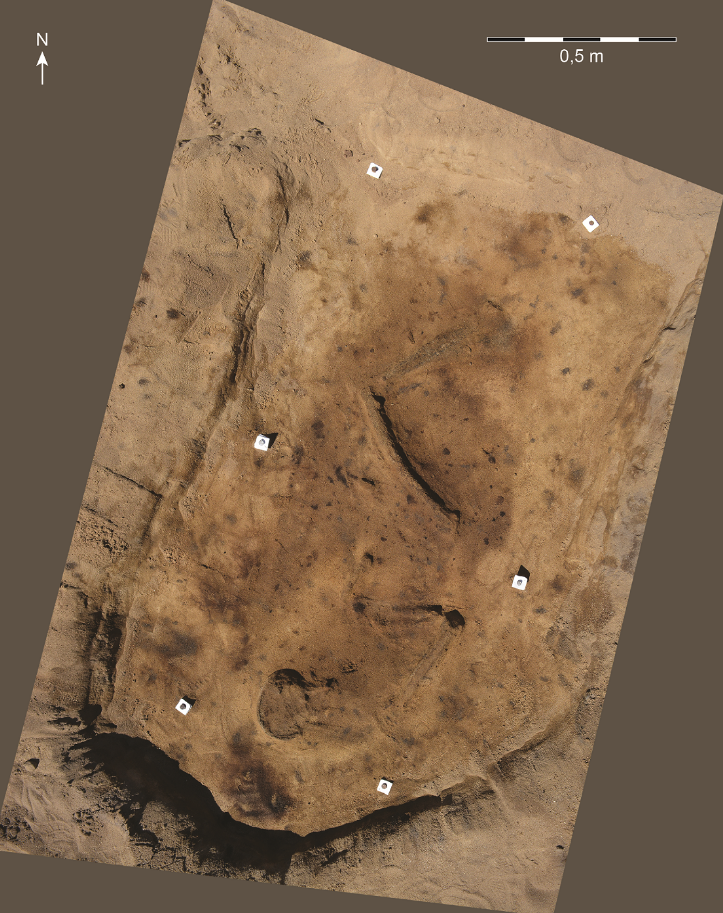Individual geographic mobility in a Viking-Age emporium – Burial practices and strontium isotope analyses of Ribe’s earliest inhabitants
New publication by Assistant Professor Sarah Croix, together with Professor Karin M. Frei (National Museum of Denmark), Professor MSO Søren M. Sindbæk (UrbNet) and Head Curator Morten Søvsø (Museum of Southwest Jutland).

Croix, S., Frei, K.M., Sindbæk, S.M. & Søvsø, M. (2020). "Individual geographic mobility in a Viking-Age emporium - Burial practices and strontium isotope analyses of Ribe's earliest inhabitants", PLOS ONE 15:8, e0237850. https://doi.org/10.1371/journal.pone.0237850.
Summary
Maritime network urbanism in Viking-Age Northern Europe was marked by flows of materials, things and ideas. Instrumental to its success were the actors who circulated between and settled at the nodal points of the network, such as the emporium Ribe. Individual geographic mobility is thus a central question for understanding past urbanism. This question is addressed in a new paper through a combined study of burial practices and strontium isotope analyses, using the human remains excavated at the earliest cemetery in Ribe. The publication presents the first strontium isotope analyses conducted on human remains from Viking-Age Ribe. Furthermore, it is the first study that presents multiple Sr-isotope analyses (i.e. several teeth and/or pars petrosa from the same individual) from Viking-Age Denmark. This sampling strategy allows to identify potential mobility during childhood and/or adolescence at the individual level. The diversity of the burial practices and their similarities with customs outside Southwest Jutland hint at various cultural affinities among the emporium's inhabitants. At the same time, the strontium isotope analyses suggest, for all but two individuals analysed, a local origin. However, in this context, "local" may cover not only Southwest Jutland, but also most of Denmark, as well as parts of the Frisian coastline and Northern Germany. The combination of both approaches led to surprising results: on the one hand, long-distance mobility does not appear clearly on any large scale; on the other hand, strong ties to neighbouring regions came to light.
